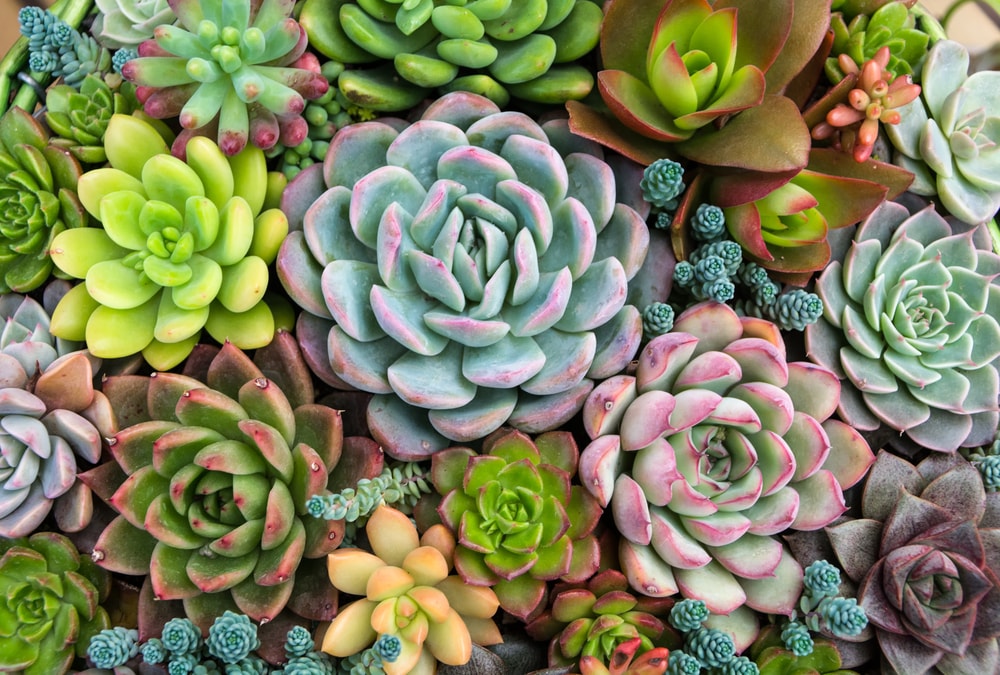CACTI and other SUCCULENTS
Over the past few years, we have experienced an uptick in interest and sales with cacti and succulents. Kathy, our house plant buyer, has expanded our selection in order to keep up with the interest.
Cacti are some of the most rewarding house plants, as long as you have adequate light. Few flowers can compare in color, size, or beauty, even though they appear only once a year. Most cacti grow slowly, so space is usually not a problem. They are very tough and adaptable. Contrary to popular belief, they do not “thrive on neglect,” but rather like most species, they thrive on tender loving care…they will, however, survive on neglect.
HERE ARE A FEW BASIC CARE TIPS FOR CACTI AND OTHER SUCCULENTS
LIGHT
Give cacti and other succulents the brightest or sunniest window you can provide (four to six hours of direct sun). In less light, they will become long and skinny, an abnormal growth habit. We highly recommend summering your succulents outdoors in the morning or late afternoon sun, where increased air circulation and light will benefit them immeasurably.
WATERING
When you water, water thoroughly, and allow the soil to dry before watering again. Succulents are especially prone to rot as a result of over-watering.
FERTILIZER
Feed your plants once a month from May to September with a low nitrogen formula fertilizer such as 5-10-5 or 10-30-20. Too much nitrogen encourages excessive rapid green, but weak growth. Always dilute the fertilizer more than the label instructions advise, as most cacti have adapted to growing in nutrient-poor soils.
REPOTTING
Repot in the spring or early summer. Most species appreciate annual repotting when young, only increasing one pot size. Avoid soils with a high percentage of peat moss. Peat holds water too long, and will not moisten easily once allowed to dry completely. We recommend using cacti and succulent soil such as the ESPOMA ORGANIC CACTUS MIX.
The term succulent comes from the Latin succus, meaning sap or juice. Thus, succulents are plants possessing organs (roots, stems, branches, and shoots, leaves and leaf-stems, flowers and flower-stems). All cacti are succulents, but not all succulents are cacti. We find succulent members in most plant families. A true cactus can be identified by the cottony pad (areole) at the base of its spines.
Be sure to come by and see us this week. Let us help you make your selection.
Hope to see you!!!!

